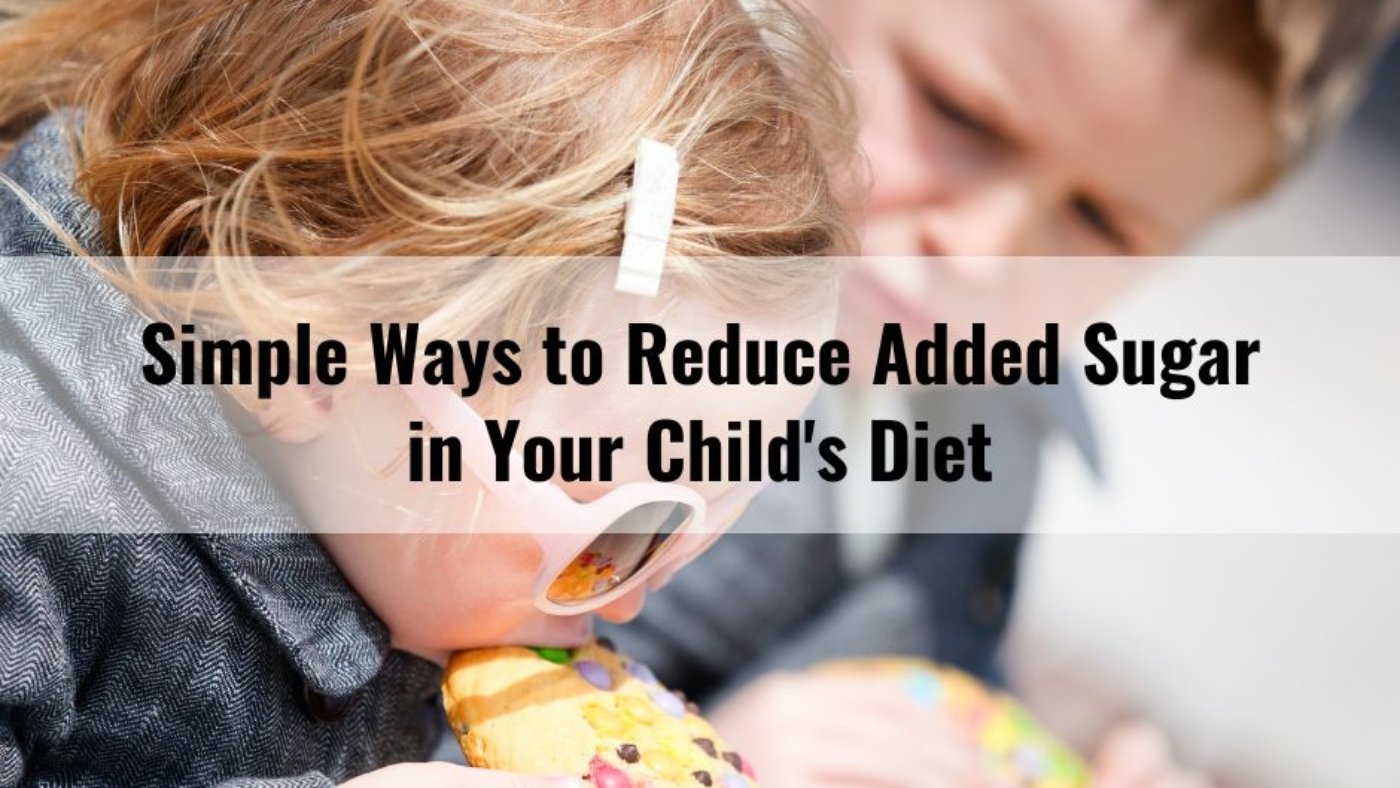A young mom recently came into my office with her three children—ages 13, 10, and 8. She wanted to learn more about healthy eating habits, portion sizes, and better snack choices for her family. During our nutrition assessment, I noticed that while she was trying her best, her children were regularly drinking soft drinks on the weekends and milk tea during the week. None of them liked plain milk—only chocolate milk.
A few days later, a 23-year-old college student referred by her doctor came to see me. Her HbA1c was 6.9%, indicating prediabetes. She admitted to drinking four cans of soda every day.
Then last week, a client emailed to ask for my thoughts on doing a “sugar detox. Yes, sugar is a hot topic—and for good reason.
LET’S TALK ABOUT SUGAR
Sugar is a type of carbohydrate that adds sweetness to foods. But not all sugar is the same, and understanding the difference can help you make more informed decisions for your family.

1. Naturally Occurring Sugars
These are found in whole foods like fruit (fructose) and milk (lactose). These foods offer essential nutrients like fiber, calcium, and vitamins, and they do not need to be avoided.

2. Added Sugars
These are sugars and syrups that are added during processing or preparation. They’re often found in:
- Carbonated drinks, fruit drinks, energy drinks
- Chocolate milk
- Sweetened cereals
- Canned fruit in syrup
- Granola bars, cookies, cakes, muffins, and donuts
- Flavored yogurts
- Sweetened coffee or tea drinks
WHY DOES THIS MATTER?

High intake of added sugar is associated with:
-
Increased risk of obesity, dental cavities, and type 2 diabetes
-
Poor dietary habits—sugar-laden foods often replace nutrient-dense options
-
Fluctuations in energy and mood, especially in children
The World Health Organization and American Heart Association recommend limiting added sugar intake to:
-
3 teaspoons (12 grams) per day for children
-
6 teaspoons (24 grams) per day for women
-
9 teaspoons (36 grams) per day for men
SPOTTING ADDED SUGAR ON LABELS

To reduce added sugar, the first step is becoming a smart label reader.
STEP 1: CHECK THE “TOTAL SUGARS” AND “ADDED SUGARS”
Both are now listed separately on most nutrition labels. Aim for products with less than 5g added sugar per serving.
STEP 2: SCAN THE INGREDIENT LIST
Sugar goes by many names. Here are common ones to watch for:
- Agave
- Brown sugar
- Cane sugar
- Coconut sugar
- Dextrose
- Fructose
- Fruit juice concentrate
- Glucose
- High fructose corn syrup (HFCS)
- Honey
- Maltodextrin
- Maltose
- Maple syrup
- Molasses
The higher up sugar appears on the list, the more the product contains.
STEP 3: COMPARE PRODUCTS
Swapping high-sugar foods for lower-sugar alternatives can make a big difference:
-
Try plain yogurt with fresh fruit instead of fruit-flavored yogurts
-
Choose canned fruit in water or juice instead of syrup
-
Use nut butter or mashed banana as toast spreads instead of jam or chocolate spread
PRACTICAL TIPS TO REDUCE ADDED SUGAR
1. Cut the Sugary Drinks
Carbonated drinks, fruit drinks, and flavored milk are major sources of added sugar. One can of carbonated drink contains about 9-10 teaspoons of sugar—more than an entire day’s limit for a child. Encourage water, milk, or unsweetened alternatives. If your child only drinks chocolate milk, try gradually reducing the portion, or blend it with plain milk to lower than sugar content and help them adjust to a less sweet taste. .
2. Swap in Natural Sweetness
Use fruit to add sweetness to meals and snacks, e.g., sliced banana in oatmeal, blended mango in yogurt, or dates in homemade muffins. These options come with fiber, vitamins, and minerals.
3. Make Treats Occasional, Not Forbidden
You don’t need to ban treats completely. Making sweets an occasional part of meals—not rewards or punishments—helps children develop a balanced relationship with food.
4. Involve Your Children
Let your children help choose healthier snacks at the store or help prepare meals. When children are involved, they’re more likely to try and enjoy new foods.
5. Know That It’s Not All or Nothing
Reducing added sugar is a journey. Even small changes—like replacing one sugary snack a day with a healthier option—can make a meaningful difference over time.
WHAT ABOUT “SUGAR DETOX” DIETS?

The idea of cutting out all sugar overnight might sound appealing, but it’s usually not sustainable—especially for families. Instead of a strict detox, focus on making gradual, evidence-based changes that support your child’s growth, development, and long-term health.
BOTTOM LINE
Sugar isn’t the enemy—but the amount we consume matters. Many families, even with the best intentions, are consuming far more added sugar than they realize. The goal isn’t to create fear around food, but to build awareness and habits that nourish your children and set them up for a lifetime of healthy eating.
Remember:
- Prioritize naturally sweet foods like fruits and milk
- Read food labels carefully
- Reduce sugary drinks
- Teach your children—not just feed them—healthy habits
With the right tools and mindset, cutting back on added sugar is completely doable—and your whole family will benefit.


Leave A Comment